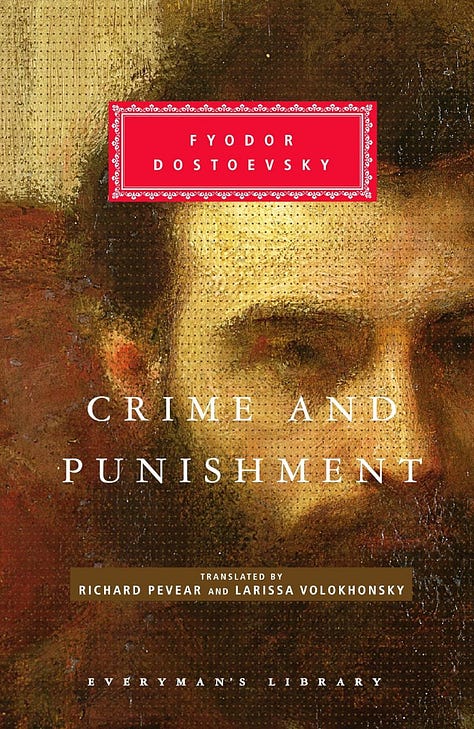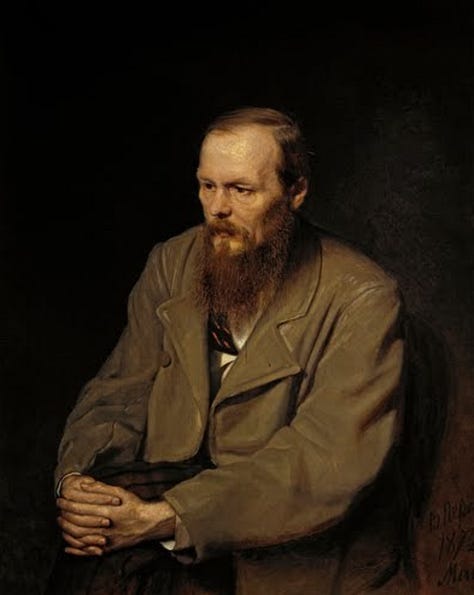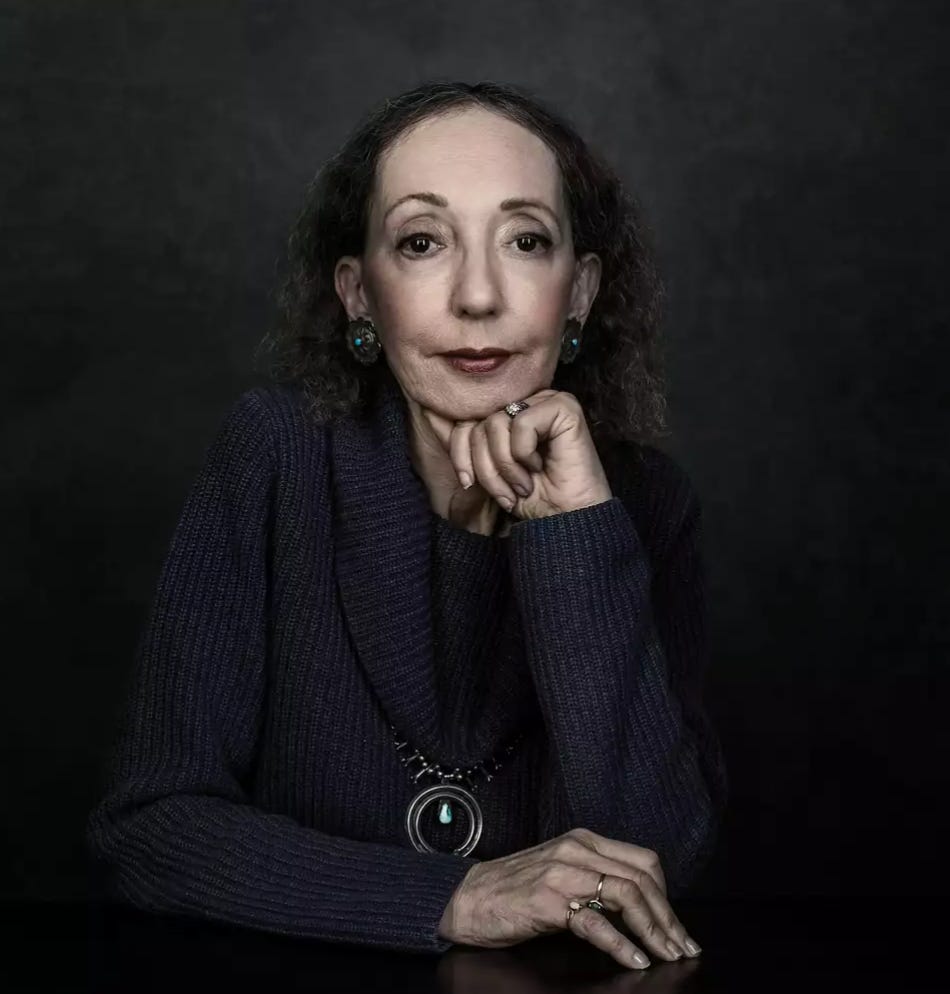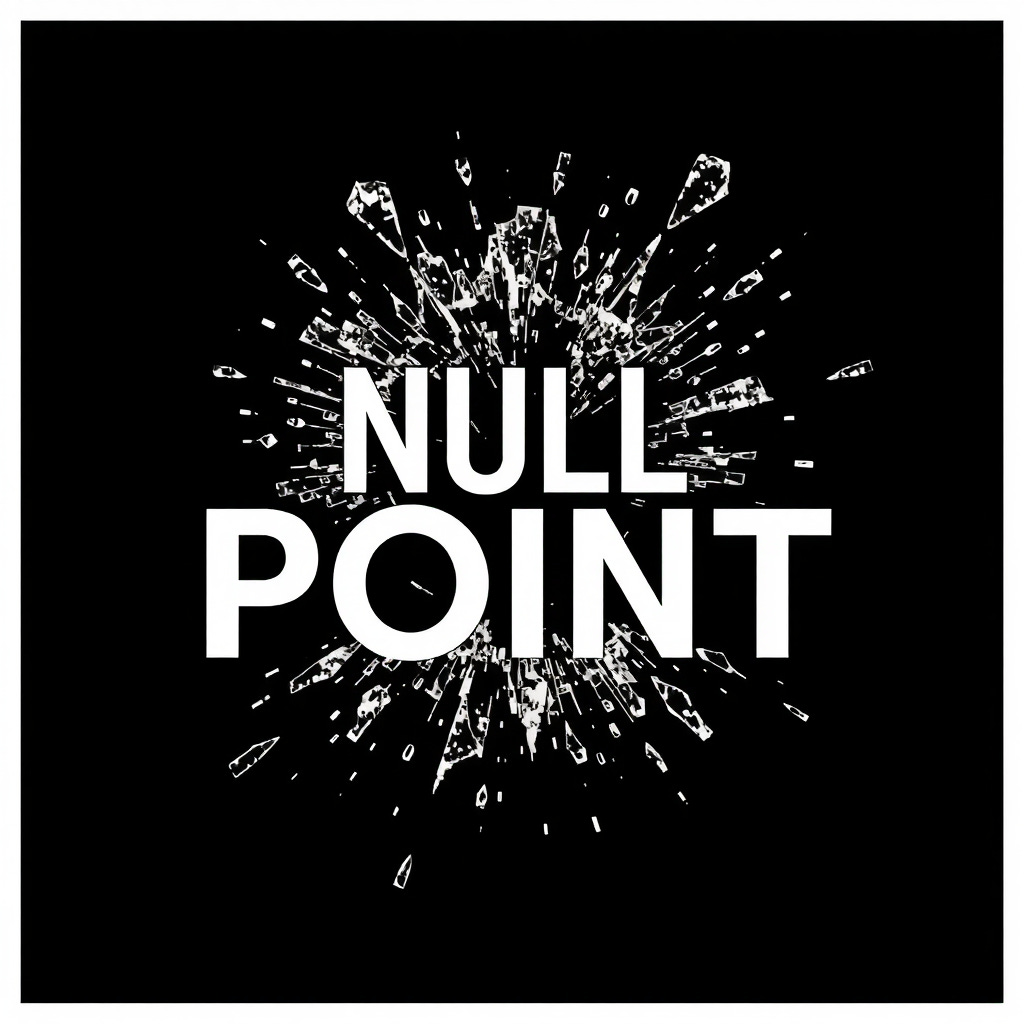Martyrdom Without Meaning: Joyce Carol Oates and the Author as Political Agent
Literary Criticism
Part I: Opening Invocation
Dear God,
I commend my soul to You. If it is Your will, I will be joined with you in Heaven this very hour.
Bowed my head with shut eyes, and eyes rimmed with tears. For I understood that my (mortal) life as Luther Dunphy had ended, in the asphalt driveway of the Women’s Center on this second day of November 1999. My life as a loving Christian husband and father and a private citizen of Muskegee Falls, Ohio. That I was born in Sandusky, Ohio, on March 6, 1960, and would die now, in this place, seemed to me clear for I had “read” this inscription on a grave marker but the night before. “The Lord giveth, and the Lord taketh away.”
In deep prayer they would find me with my arms upraised in the posture of surrender and my hands visible, holding no weapon. Deep- immersed in prayer “as if entranced” but “cooperative” (as it would be reported) as Broome County police officers approached with drawn weapons.
Luther Amos Dunphy does not waver. He approaches Dr. Augustus Voorhees outside the women’s health clinic in broad daylight. The doctor, and father of four, barely has time to register his killer before he is shot in the head and chest. Dunphy is calm. He believes himself to be an agent of God. “A foot soldier,” he calls himself, in His service. He is arrested without incident.
This is how
’ A Book of American Martyrs opens—not with suspense, but with the certainty of death. The killing of the abortion doctor, Augustus Voorhees, is not the climax but the premise. It’s not so much a novel about why a man was killed as it is a novel about what is left behind when he does. The novel thus unfolds as a postmortem.Oates is a difficult writer to classify. The label “prolific” is true but insufficient. She is a genre shape-shifter, a formal chameleon, a kind of literary clairvoyant of American anxiety, and both a traditionalist and futurist. A Book of American Martyrs was published in 2017 but endures with a fresh urgency today. Again and again, decade after decade, Oates has cemented herself not merely as a chronicler of American life, but as its chief literary documentarian—its archivist of moral fallout.
If Henry James gave us the deep interiorities of the Europeanized American mind, Oates gives us its raw nerve endings. Her work often begins where James might have ended—with civility shattered, and only the consciousness left to interpret the wreckage. Like James, Oates is obsessed with perception. Like Poe, she sees how that perception can be warped by grief, by faith, by ideology, and by violence.
Oates takes this aesthetic and writes into the fire of contemporary life. She is not posthumous. She is provocatively present: publishing essays, stories, and online provocations with the same energy. She is a mind in perpetual performance—a writer whose art and persona are inextricable.
To read A Book of American Martyrs is to endure discomfort. Not because Oates is polemical, but because she refuses to be. She does not invite agreement. She offers an aperture—a long, deep look into two American families torn apart by a single act of murder. And she never looks away.



II. The Anatomy of the American Wound
The structure of A Book of American Martyrs is not built to shock: from the first page, we know “who did it.” There is no suspense about guilt or innocence; the novel’s true subject is aftermath—how violence metastasizes through families, institutions, bodies, and minds. It is not about justice. It is about the emotional physics of loss and ideology. It begins with a wound and then narrates the slow, contested process of scar formation.
Luther Amos Dunphy is a devout, working-class man from the fictional town of Muskegee Falls, Ohio. He is a husband, father, and Christian. He also believes that abortion is state-sanctioned murder and that God has appointed him to stop it. Oates does not pathologize him; she only listens. The most disturbing thing about Dunphy is not that he is monstrous—it is that he is legible. His logic is self-consistent. His affect is composed. He is not mad. He is convinced.
Oates does not offer this without cost. Rather, we, as readers, become implicated: we must follow Dunphy’s thoughts, know his childhood, understand his humiliations and his revelations. Looping across time and lineages, Oates does not sentimentalize her Raskolnikovian lead. What she does is far riskier: she humanizes him. We are invited to hear his voice to see what it means when people speak so clearly from within the echo chamber of their own beliefs. This is not empathy, necessarily, but exposure. Perspectives on the central abortion issue change with each jump between narrators.
Likewise, Augustus Voorhees offers no icon or beacon of hope. He is not lionized. He is intelligent, liberal, and confident in his practice as an abortion provider. But he is also emotionally distant, career-focused, and prone to abstraction (even with his children). His murder does not sanctify him. His death creates chaos for those who survive him, especially his wife and daughters, who must now carry the political consequences of his publicly held convictions.
Oates’s decision to withhold neither man’s interiority is what gives the novel its terrifying weight. These are not symbols. They are citizens. They walk among us. As much as it is a novel, in this sense, A Book of American Martyrs is less a novel than a dark sociological archive: a fictional ethnography of grief, faith, class, and vengeance.
The style mirrors this. The prose is often lean, sometimes almost documentary. There are fragments, depositions, court transcripts, journal entries, and childhood reminiscences. Time does not move linearly. The chapters rotate perspective, disorienting but never confusing. Oates’s method owes much to the grammar of documentary film—not the polished editorializing of Ken Burns, but the rawer, unsettled techniques of Frederick Wiseman or Barbara Kopple.
This documentary impulse also recalls In Cold Blood (1965), though Capote sought a more baroque moral symmetry. Oates resists that. She lets the contradictions remain jagged. There is no elegance to martyrdom here. Only exhaustion.
The novel demonstrates how public issues become private inheritances. How ideological acts become domestic burdens. It is easy to imagine a lesser novel, one that arranges its characters into neat factions and lets the reader feel righteous. In American Martyrs, we are not asked to choose sides. We are asked to watch what happens when sides are all that people have left to hold onto.



III. Dostoevskian Symmetries
While also true of moments—of even significant excerpts—from Blonde (2000), there are moments in A Book of American Martyrs that feel lifted straight from The Brothers Karamazov (1879-80)—not in their setting, but in their moral architecture. The novel operates in a Dostoevskian key: argument and belief are never abstractions, but living forces that shape the soul and warp the body. Oates, like Dostoevsky, understands that ideology is not an accessory but a condition of being. Her characters do not “debate” abortion; they are possessed by it, formed by it, and therefore undone by it.
Dostoevsky’s Alyosha, Ivan, and Dmitri—each grappling with the murder of their father—have analogues here, though refracted through a contemporary, gendered lens. Rather than three sons, Oates offers us two daughters: Naomi Voorhees, child of the slain doctor, and Dawn Dunphy, of the killer. Their lives trace out opposing arcs, and yet their trajectories feel eerily symmetrical. Naomi becomes a documentary filmmaker, polished, bitter, emotionally shut down, determined to transform her family’s pain into something narratively legible. Dawn becomes a born-again Christian and, improbably, a champion boxer. She seeks redemption not through media, but through blood and bone.
Both are children of martyrs. Both reject that inheritance—and both are shaped by it in ways they cannot entirely control. Oates does not present their lives as allegories. Instead, she lets them unfold in tangled, unpredictable loops. As the novel develops, Naomi’s liberal certainty turns out no more immune to cruelty and destruction than Dawn’s fundamentalism is to grace. Their flaws do not cancel their suffering. Their anger does not protect them. In this, Oates echoes Dostoevsky’s deep suspicion of rationalism: intellect is not salvation, and belief is no guarantee of wisdom.
What binds these women is not ideology, but fallout. The death of a father becomes an unspeakable template for their future selves. In Dostoevsky, it is often the loss of the father that triggers moral crisis. Here, Oates doubles that loss—showing how violence committed in the name of principle leaves behind no saints, only survivors.
Like Dostoevsky, Oates is fascinated by testimony—not in its legal form, but in its metaphysical one. Each chapter of the novel is a kind of confession. Characters narrate their wounds as if to a silent tribunal. They seek absolution, not justice. And like the Russian master, Oates gives us a chorus of voices—each sincere, each limited, each unreliable. Truth becomes a fugue. One hears echoes of Crime and Punishment in Luther Dunphy’s post-arrest ramblings, where he seems less interested in guilt than in spiritual self-definition. He does not seek to evade punishment but to confirm that it was all part of God’s plan.
In a different novel, Naomi and Dawn might have met on a talk show or confronted one another in a courtroom, but their story is not a dialectic. It is a missed connection. The book’s most powerful scenes are not confrontations but meditations on absences: Naomi alone with her camera, trying to reassemble her father’s life into a palatable narrative; Dawn in the ring, absorbing blows as if they were penance.
If Dostoevsky staged moral arguments as theatrical collisions of soul and society, Oates places those collisions inside the bodies of American girls. They navigate a landscape where every gesture—punch, prayer, edit—feels like a last word that never quite lands.



IV. The Horror of Fallout
Joyce Carol Oates does not sensationalize violence. She slows it down until the reader sees the rust forming on its edges. In A Book of American Martyrs, the killing of Augustus Voorhees is not the apex of the narrative—it is the undertow. The true subject of the novel is what happens after the act: the silence, the fragmentation, the grotesque industry of interpretation. The book is long because fallout is long. Violence is not an event; it is a condition.
Luther Dunphy frames the murder of Dr. Voorhees as part of a divine plan, imagining even the aftermath. From the opening passage (once more):
“In deep prayer they would find me with my arms upraised . . . my hands visible, holding no weapon.”
Dunphy does not just act—he narrates himself, and prepares, resigning himself to being found.
What follows is not reconciliation. It is decay. Naomi Voorhees becomes cold, removed, ideologically rigid. Her intellectual elegance masks emotional rot. Dawn Dunphy becomes devout, then lost, then commodified. Her transformation into a Christian boxing icon is as much a tragedy as a miracle. She is weaponized by the very institutions that claimed to save her. Both women are broken—not in a narrative arc toward healing, but in the jagged, recursive way trauma actually works.
This kind of horror is not gothic in appearance, but in function. If Poe showed us the body buried beneath the floorboards, Oates shows us what happens when no one comes to move it. The real terror is in the living—the ones who cannot forget, cannot forgive, and cannot find a way to speak without re-opening the wound.



This is where Oates excels: she transforms what could have been political allegory into existential dread. There is a slow, almost ritualistic disintegration of each character’s self-conception. Families dissolve,not explosively but quietly—through resentment, silence, migration. No one is really punished. No one is really redeemed.
Even the formal structure enacts this. The novel is episodic, wandering, and overlapping. At times, it feels like a stack of VHS tapes found in a basement after a funeral—each one labeled in someone’s handwriting, each containing footage that cannot be edited into anything final. The technique recalls Errol Morris’s documentaries, in which conflicting testimonies, fragmentary monologues, and sudden ruptures in tone are not smoothed over but embraced. The result—in both Morris and Oates—is a structure that appears chaotic but is meticulously organized to reveal pattern through dissonance.
That this horror emerges from such restrained prose is part of its power. Oates writes without flourish, without appeal to sentimentality. She trusts the gravity of what she’s describing. She doesn’t need metaphor. The facts—the violence, the voices, the silences, the long psychic burn of belief—are already unbearable.
This is the horror of America, Oates seems to say. Not that people die for their beliefs. But that others are left to live with those beliefs, their consequences, their contradictions, and their ruin.

V. Oates as Literary-Political Agent
To understand the force of A Book of American Martyrs, one must also contend with its author’s broader project—because Joyce Carol Oates is not merely a novelist. She is one of the last remaining figures in American letters who still seem to believe that literature can intervene in the world rather than simply reflect it. Her fiction is never just narrative. It is political in the deepest sense: a dramatization of competing truths, staged not in op-eds or essays, but in the inner lives of Americans no one wants to listen to.
From where this reader sits, it appears that this belief in literature as witness has defined Oates’s career. From her early novels like them (1969)—a National Book Award–winning portrait of working-class Detroit—to later works such as The Falls (2004), The Gravedigger’s Daughter (2007), Blonde (2000), and The Sacrifice (2015), she has documented the nation’s violence, faith, poverty, superstition, and hunger. Each novel is not merely “about” an issue; it dramatizes the emotional structures that sustain it. She enters lives and leaves no exit door. And she does so without flinching.
Yet Oates is also curiously postmodern in her relationship to provocation. Her online presence—particularly on Twitter—is a case study in unease. She posts freely, sometimes bizarrely, infuriatingly, to some readers. She tweets about animals, grammar, bodies, violence, race, poetry, dreams, and—yes—politics. Some of it is deliberately naïve, some wildly astute, some apparently oblivious to the audience. Her tweets are not messages so much as pulses: neurological tremors in the cultural body.
For several years, it seems, critics have debated whether this is a flaw or a feature of her literary persona. But perhaps that’s the point. Oates has never offered comfort. Her politics are slippery because her fiction is slippery. She does not “stand for” abortion rights in American Martyrs. She does not condemn religious extremism in an editorial voice. What she does instead is harder: she stages the beliefs, lets them break people open, and watches the damage. Like Morris, she gathers fragments without claiming they cohere.


VI. Androgyny and the Oatesian Self
To call Joyce Carol Oates an androgynous writer is not to speak of her gender presentation or her politics in any conventional sense. It is to describe her prose, her narrative posture, her disinterest in the authorial roles that women writers are often expected to occupy: nurturer, witness, mother, even moralizer. Oates is none of these—not exactly. She writes with a coldness that is often mistaken for cruelty, but is, more precisely, distance or detachment. Oates writes from a place beyond the symbolic roles available to either sex. Her fiction is unmothered.
In A Book of American Martyrs, this is especially apparent in the way she renders her two central female characters. Recall that Naomi Voorhees, daughter of a murdered abortion provider, is raised in a secular, academic household and becomes a documentarian—a career that requires both empathy and cool observational skill. Dawn Dunphy is the daughter of the assassin. She is raised in a devout, working-class home, becomes briefly famous as a Christian boxing champion, and is then discarded by the very institutions that lifted her up. Neither character is “likeable.” Neither is shaped to be symbolic. Oates does not soften them. She does not ask us to root for either one. She asks us to watch them live.
This refusal to feminize—or masculinize—her characters into digestible types is one of Joyce Carol Oates’s most unsettling and admirable traits. She often writes male protagonists with eerie conviction—as in Zombie (1995), The Tattooed Girl (2003), and The Triumph of the Spider Monkey (1976)—entering the minds of incels, murderers, abusers, predators. But she does not render these men as monsters. She renders them as selves: ghastly, needy, deluded, terrified. Her female characters, meanwhile, are rarely empowered in any feel-good sense. They are not heroines. They are shaped—moulded—by deprivation, belief, institutions, and atmosphere. They may be petty, brilliant, cruel, wounded, sexual, self-erasing. Oates does not apply a feminist gloss to them. She does not protect them from the ugliness of their own agency.
In this, she also resembles her American predecessor, Henry James. Like James, she draws out the psychology of consciousness, the way perception is built moment by moment. Like Dostoevsky, she allows madness to enter the text—not as an intrusion, but as a fact of life. There is something deeply ungendered about this approach. Oates is not interested in the author as gendered subject. She is interested in the author as vessel for American tension.
Her own public self reinforces this. Oates is often misunderstood, even resented. Her social media presence is erratic, deeply personal, and yet often opaque. She does not explain herself. She does not brand herself. She floats, half in character, half in confession. She posts about stray cats, about death, about Kafka, about boxing, about war crimes, about grammar, about memory. She tweets things that offend, confuse, provoke—and rarely retracts them. She seems to exist in a space beyond PR management, beyond the tidy professional personas that dominate the literary sphere. She is the opposite of curated. She is dissonant.
And perhaps that dissonance is the point. Oates does not play to the room. She disorients it. Her androgyny is not sexual—it is literary. It is a style of seeing. Of refusing coherence. Of writing without the comfort of a fixed voice. In A Book of American Martyrs, this manifests as narrative multiplicity. We hear from all sides, but we are never told who to trust. Even the author is absent. At no point does Oates enter the text with guiding commentary. She does not speak above the characters, or behind them. She listens. She records.
That is her form of androgyny: the absence of narrative ego. The disappearance of style into structure. The genderless authority of moral observation. Not masculine, not feminine. Just watching. Just writing.
VII. Conclusion – A Mirror with No Exit
In A Book of American Martyrs, there is no one to save. No one to avenge. No one, finally, to believe. What Joyce Carol Oates gives us is not a polemic about abortion, nor a political novel in the usual sense. It is a literary challenge to the limits of belief—how ideology, once fused with identity, becomes immune to argument, but never to consequence. Her genius lies not in moral clarity but in moral saturation: the recognition that every character speaks from a complete world, and that no one’s world is whole.
There are no heroes in A Book of American Martyrs, only roles people were forced to play. The abortion provider becomes a martyr, but not by choice. The assassin becomes a symbol, but only by virtue of the political machinery that adopts him. Their daughters become receptacles of inherited trauma. Their communities become spectators. And we, as readers, are implicated in the spectacle: searching for meaning, begging for sides, hoping for relief. Oates denies all of it.
If the novel has a thesis, it is this: that American violence is not merely physical—it is epistemic. We no longer disagree about values. We disagree about what is real. In that environment, the murder of a man like Augustus Voorhees is not an aberration. It is a fulfillment. Oates does not judge this. She does not forgive it. She narrates it. The novel becomes, in its refusal to explain or resolve, the closest thing we have to a truthful account of our national psyche. Not a novel of argument, but a novel of aftermath.
The horror of A Book of American Martyrs is that it dares to show what happens when the dust does not settle. It just hangs. Lingering. In lungs, in courts, in boxing rings, in documentaries, in sermons, in dreams. The book ends, but the wound does not.
Oates gives us that wound, and gives us all its sides. Her method is neither redemptive nor accusatory. It is something rarer: it is anatomical. Like a coroner. Like a witness. Like a writer who understands that every truth has a body, and that every body will be buried—often without justice, and always without final explanation. Oates is a provocateur who does not provoke for attention, but to uncover the silent structures beneath our loudest arguments.
And so: we read her not to agree. Not even to understand. But to be changed. To be disturbed. To be made aware—finally—of how much violence we live beside, and how little of it we truly see.










This brilliant young (?) critic seems to have leapt out of nowhere without the foundation of a literary publication (like NYRB).... he has written on a remarkable array of subjects. somewhat astonishing.